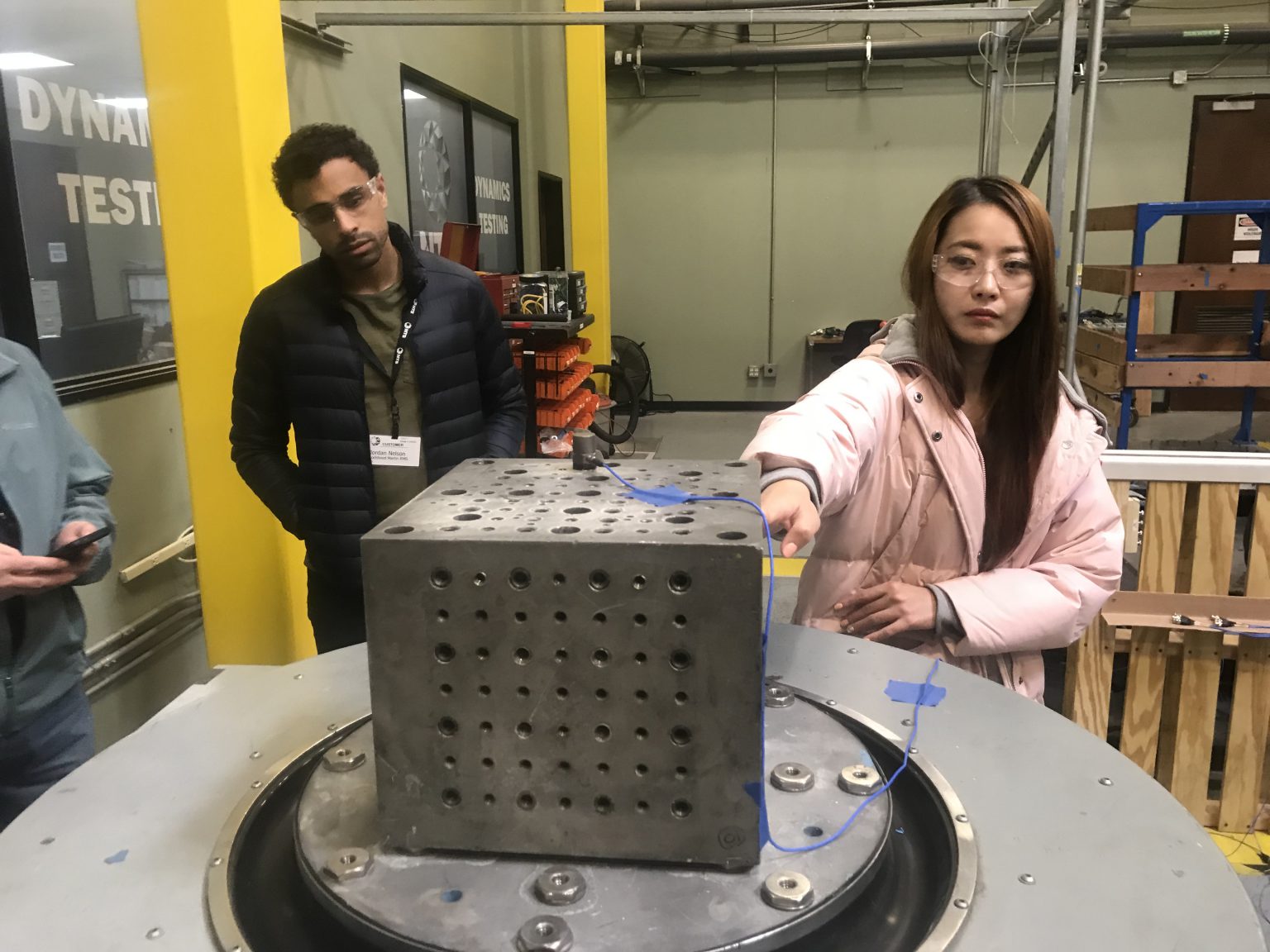High-Speed/Hypersonic Subarea of the Air Platforms Community of Interest Technical Roadmap Interchange Meeting 2026
The High-Speed/Hypersonic (HSH) Subarea of the Air Platforms Community of Interest is pleased to announce their Technical Roadmap Interchange Meeting (TRIM) in the Washington D.C. area on April 15-16, 2026. Depending on interest, the meeting may be extended to the morning of April 17, 2026. This meeting brings together the U.S. national applied technology sector…





















